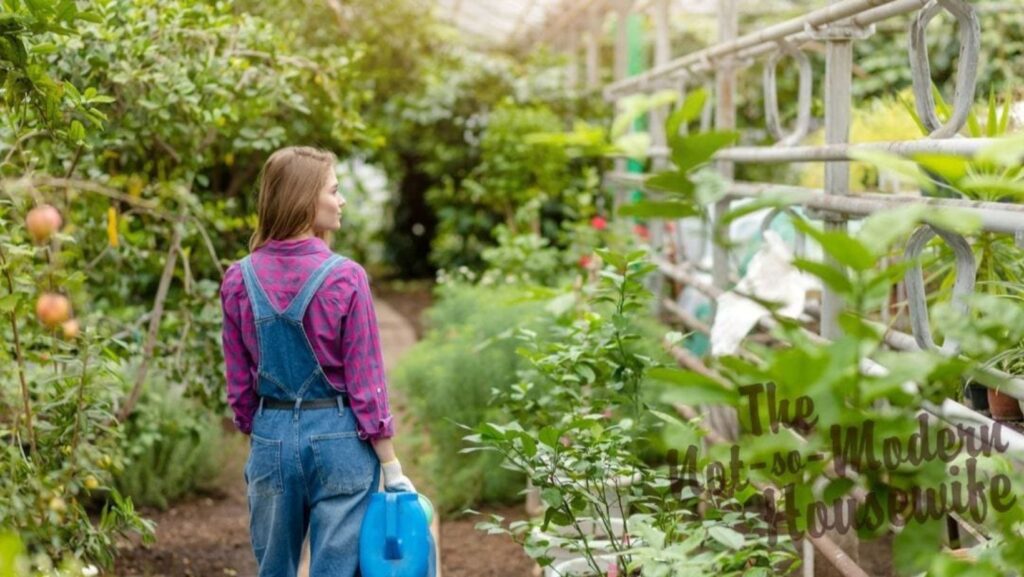Self Sustainable Living
Embarking on the journey of self sustainable living is not just a trend, it’s a lifestyle choice that holds immense value in today’s world. As I delve into the realm of self-sustainability, I’m constantly amazed by the ways in which individuals can reduce their environmental footprint while enhancing their quality of life.
Taking small steps towards self sustainable living can have a profound impact on both personal well-being and the environment. Whether it’s growing your own food, harnessing renewable energy sources, or minimizing waste production, every action contributes to a more sustainable future for ourselves and generations to come.
In a fast-paced world dominated by consumerism, embracing self-sustainable living practices allows me to reconnect with nature, foster a sense of independence, and promote resilience in the face of uncertain times. By prioritizing sustainability in my daily choices and habits, I’m not just living; I’m thriving in harmony with the planet.

Benefits of Self Sustainable Living
Living a self-sustainable lifestyle offers a multitude of benefits that not only positively impact the environment but also enhance personal well-being. Here are some compelling reasons why embracing self-sustainability can be rewarding:
- Environmental Impact: By reducing reliance on external resources, individuals practicing self-sustainable living significantly decrease their carbon footprint. This approach helps conserve natural resources, minimizes waste production, and promotes biodiversity.
- Cost-Efficiency: Embracing self-sustainability often leads to long-term cost savings. Producing your own food through gardening or raising livestock, harnessing renewable energy sources like solar power, and implementing water-saving techniques can all contribute to lower utility bills and overall expenses.
- Health and Well-being: Engaging in activities such as growing organic produce, spending time outdoors in natural settings, and breathing cleaner air due to reduced pollution levels can have profound effects on physical health and mental wellness. Self-sustainable practices promote healthier lifestyles.
- Community Building: Adopting self-sustainability encourages community cohesion by fostering sharing of knowledge, skills, and resources among neighbors. Collaborative efforts such as community gardens or renewable energy cooperatives strengthen social ties and create a sense of belonging within neighborhoods.
Incorporating aspects of self-sustainable living into daily routines not only benefits individuals but also contributes to building more resilient and environmentally conscious communities for the future. By prioritizing sustainability in various aspects of life, individuals can lead more fulfilling lives while positively impacting the world around them.

Key Components of Self Sustainable Living
Living a self-sustainable lifestyle encompasses various elements that work together to reduce reliance on external resources and promote environmental harmony. Here are key components essential for achieving self-sustainability:
Eco-Friendly Energy Sources
Utilizing renewable energy sources such as solar panels, wind turbines, and hydroelectric power plays a vital role in self-sustainable living. These eco-friendly alternatives help reduce dependence on non-renewable fossil fuels, lower carbon footprints, and contribute to long-term environmental sustainability.
Organic Food Production
Embracing organic farming practices like permaculture, companion planting, and crop rotation fosters self-reliance in food production. By growing fruits, vegetables, and herbs without synthetic pesticides or fertilizers, individuals can ensure a fresh, healthy food supply while promoting soil health and biodiversity.
Water Conservation Strategies
Implementing water-saving techniques such as rainwater harvesting, greywater recycling, and efficient irrigation systems is crucial for self-sustainable living. Conserving water not only reduces utility costs but also ensures a sustainable water supply for both household needs and agricultural activities.
Waste Reduction and Recycling
Minimizing waste generation through composting organic matter, repurposing materials, and recycling paper, plastic, glass, and metal supports the principles of self-sustainability. By adopting a circular economy approach to resource management, individuals can limit landfill contributions and promote resource efficiency.
Community Collaboration
Engaging with local communities through skill-sharing workshops, bartering networks, community gardens, and collective projects fosters a sense of interconnectedness essential for self-sustainable living. Building strong community ties encourages mutual support, knowledge exchange,and resilience in the face of challenges.
Incorporating these key components into daily practices lays the foundation for a more self-sufficient lifestyle that prioritizes environmental stewardship,direct consumption,and resilient communities within the framework of sustainable living principles.

